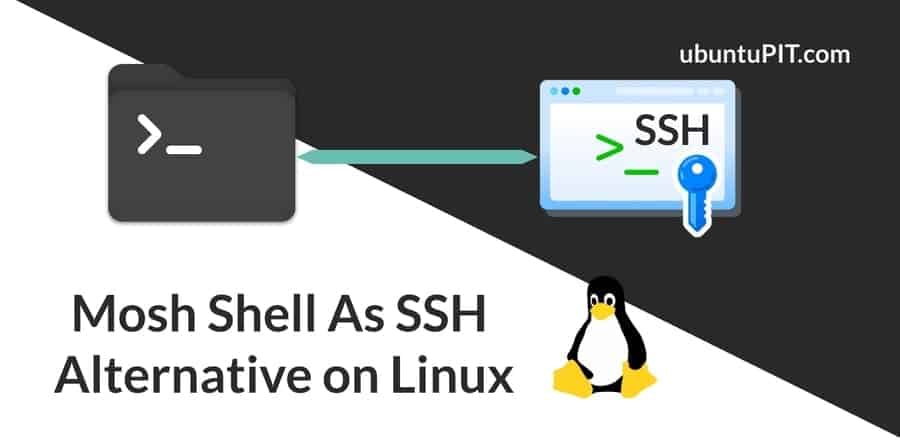

This is free software: you are free to change and redistribute it. License GPLv3+: GNU GPL version 3 or later. You’ll see something like this: MOSH CONNECT 60001 EPZ2sM6Alaaaad4AxWRIqg No need to be root, any unprivileged user is good. You can do this step manually, too: SSH to a server and run “mosh-server” in the shell. The Mosh server then starts listening on a UDP port in the allowed range. What does the Mosh client do exactly on setup? After SSHing to the target server, it runs the command “mosh-server”. (That is, unless a firewall is in the way. If you would normally connect to the server using ssh myserver, then “mosh myserver” should work fine.
#Mosh vs ssh install#
To get mosh to work, you install Mosh on both your computer and the server, for example with ”apt install mosh”. Mosh directly connects to the target server That is why Mosh is so robust against connection failures and bad internet. Afterwards, your computer and the server communicate via encrypted UDP.

Mosh works in two phases: First, the mosh client uses normal SSH to establish a connection securely. In this article, I focus on how the connections work, and how they can be tunneled over proxy machines to accommodate IP-based firewalls. For example mosh client predicts traditional shell behavior for faster typing response, and mosh server only transmits buffered screen diffs to transfer less crap for commands with huge output and to keep `Ctrl-C` working. In contrast to SSH though, mosh is optimized for flaky internet: The connection keeps working even if your WiFi network changes and even if you decide to suspend your computer because you need to move nearer to the coffee machine. It allows you to access any server on the command-line that you have SSH access to. Mosh, short for “mobile shell”, is a “remote terminal application”.


 0 kommentar(er)
0 kommentar(er)
